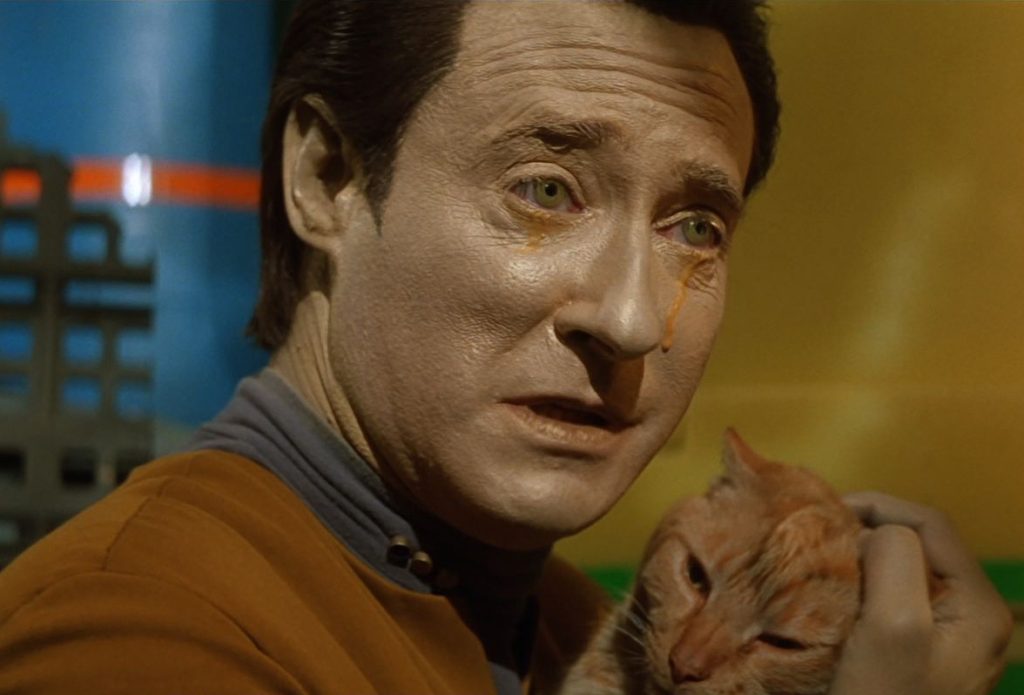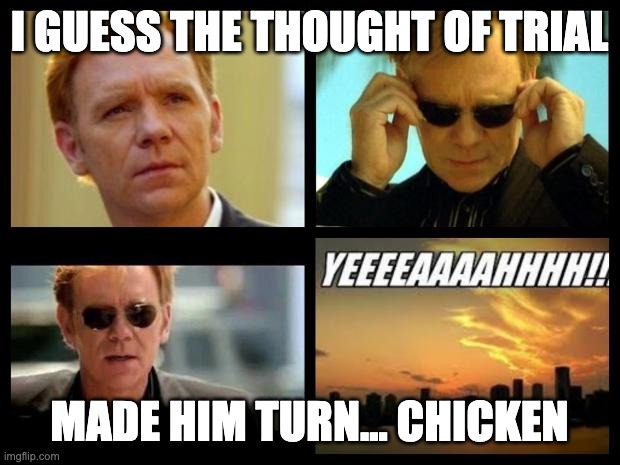Happy Monday dear readers! Quick question for you – do you ever feel like you’re not getting the credit you deserve? Well, that’s typical for workers’ compensation in California, particularly for defendants, and ESPECIALLY when you’re paying benefits.
Specifically, getting credit for TTD overpayment against PD benefits can be a pain, and the case law is not making it any less so.
Typically what happens is that the defendant is paying temporary disability benefits to applicant, but something happens that terminates the liability for TD. For example, a declaration of P&S by the QME or the PTP.
But, just like Homer Simpson laughing at people waiting in line to file their taxes on April 15 because he “filed his taxes last year,” there’s usually a delay between events and knowledge of those events – a fog of litigation shall we say?
Well take your typical case: IW is getting TD benefits at $800 per week based on a $1,200 per week average weekly wage. IW attends a QME exam on March 1, and on March 30 defendant gets a report from the QME via facsimile: Permanent and Stationary as of the day of the exam. Well, depending on when the checks went out, the injured worker could have gotten almost $5,000 in overpayment of TD. After all, there will be a delay between getting the report and processing it to under the P&S declaration.
Just a note, dear readers, one very common pitfall here is to just assert the TTD overpayment against PD. So let’s say the PD comes out to 9% or $7,830. If there’s some 20% non-industrial apportionment on questionable grounds, the PD goes down to 7% or $6,090. After holding back 15% for attorney fees, there’s only $5,176.50 in PD left. If defendant is asserting six weeks of TTD overpayment or $4,800, does that mean advances need only go to $376.50?
No! Credit against PD for TTD overpayment can only be asserted AFTER an Order of Credit. Taking credit without such an Order can lead to penalties and sanctions. What’s more, the credit is not automatic. A petition needs to be filed, and, pursuant to the WCAB rules of practice and procedure section 10555, the petition must include a description of the payments made, the benefits against which the defendant seeks credit, and the amount of claimed credit.
Even after all these obstacles have been navigated by the nimble defendant there’s more: the credit is usually in the Judge’s discretion. Among the factors to be considered by the WCJ are whether the TTD overpayment credit would wipe out the PD recovery and whether the TD overpayment was the fault of applicant, defendant, both, or neither.
This came up recently in the case Pacheco de Avila v Taco Station, a panel decision issued in March of 2020. There, the WCJ had awarded TTD overpayment credit of $7,349.60 against a PD award of $6,111.56. In terms of facts, applicant was seen by a PQME who declared a P&S date retroactively by about 5.5 months.
The WCAB returned the issue of TTD overpayment to the trial judge, with instructions to consider the case of Maples v. WCAB (1980), in which the Court of Appeals held that since TD served the purpose of replacing wages during the healing period and PD served the purpose of adjusting the residual impairment after a P&S declaration, in some cases, allowing credit against one for overpayment of another disrupts the purpose of the benefit.
Defendants are often in this rock-and-hard place situation, and the Pacheco de Avila case is no different. Defendant is out the extra money it paid and applicant got the benefit. But, as time drags on, defendant is paying defense attorney fees and the maintenance of an open file. So, as in this case, defendant already paid the TD, then paid its attorney to pursue the credit and get the order. But now the WCAB is prolonging the experience by remanding the issue.
If your humble blogger was drafting law, which, surprisingly the Sacramento Legislature is not asking me to do just that, I would remind everyone of common sense principles: if the employer can be penalized for holding on to benefits that it should have paid out, so, too, should injured workers be ordered to pay back money to which they are not entitled and received erroneously.
Even if the injured worker is not able to pay back the money, there should be a credit against future benefits, particularly those other benefits are not coming as medical treatment but as more money.
Despite the reasoning in Maples, defendants still have constitutional rights to due process and equal protection under the law, and the concept of unjust enrichment is no less offensive because it is in the workers’ compensation setting.
In any case, dear readers, let this panel opinion be a reminder to all us of to carefully handle issues of TTD overpayment and credit.
Health and Safety to you all, dear readers!


